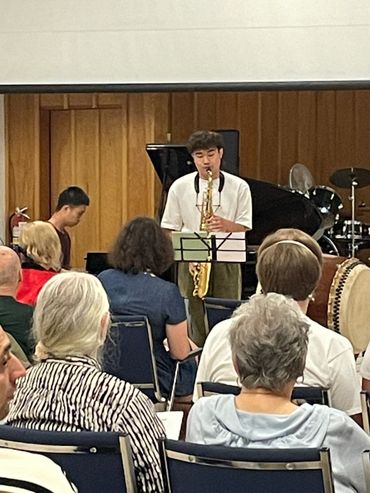Hiroshima & Nagasaki
Hiroshima & Nagasaki Bombings
The two atomic bombs dropped on Japan in 1945 killed and maimed hundreds of thousands of people, and their effects are still being felt today.
By the end of 1945, the bombing had killed an estimated 140,000 people in Hiroshima, and a further 74,000 in Nagasaki. In the years that followed, many survivors would face leukemia, cancer, or other terrible side effects from the radiation.
The uranium bomb detonated over Hiroshima on August 6, 1945, had an explosive yield equal to 15,000 tonnes of TNT. It razed and burnt around 70% of all buildings and caused an estimated 140,000 deaths by the end of 1945, along with increased rates of cancer and chronic disease among the survivors.
A slightly larger plutonium bomb exploded over Nagasaki August 9, 1945, levelling 6.7 square kilometres of the city. By the end of 1945, 74,000 people had died as a result of the explosion. Ground temperatures reached 4,000°C, and radioactive rain poured down.
In Hiroshima 90% of physicians and nurses were killed or injured; 42 of 45 hospitals were rendered non-functional; and 70% of victims had combined injuries including, in most cases, severe burns. In Hiroshima and Nagasaki, most victims died without any care to ease their suffering. Some of those who entered the cities after the bombings to provide assistance also died from the radiation.
Long-term Effects
It takes around 10 seconds for the fireball from a nuclear explosion to reach its maximum size, but the effects last for decades and span across generations.
Five to six years after the bombings, there was a noticeable increase in leukemia cases among survivors. After about a decade, survivors began suffering from thyroid, breast, lung and other cancers at higher than normal rates.
Pregnant women exposed to the bombings experienced higher rates of miscarriage and deaths among their infants; their children were more likely to have intellectual disabilities, impaired growth and an increased risk of developing cancer.
And for all survivors, cancers related to radiation exposure continue to increase throughout their lifespan, even to this day.

The Hibakusha
The Hibakusha (survivors of the bombings of Hiroshima and Nagasaki) are integral to the history of the atomic bombings of these cities. The Hibakusha are among the few to have experienced nuclear weapons and the impact of these weapons. The Hibakusha are well-known for their tireless efforts to preserve the memory of the bombing and their importance and eliminate nuclear weapons.
Sadako Sasaki lived in Hiroshima and was two years old when the atomic bomb was dropped in August 1945. When she was 11 years old, Sadako became sick because of radiation from the bomb. Her story became well-known as she folded origami cranes while she was dying from leukemia.
From the iconic story of Sadako’s 1000 paper cranes to the tireless efforts by Hibakusha to educate and rid the world of nuclear weapons to this very day, their stories are stories of hope and determination that must not be lost. Survivors of the atomic bombings of Hiroshima and Nagasaki are living witnesses to the horror of nuclear war and the real unacceptable effects they have on human beings.
To learn more, you can find information and testimonies of the Hibakusha online. The following are good starting places Hibakusha Stories and the 1945 project, as well as resources from the Hiroshima Peace Memorial Museum and the Nagasaki Atomic Bomb Museum.

HIROSHIMA & NAGASAKI PEACE DAY
The Hiroshima and Nagasaki Peace Day is an event that brings together individuals to remember the bombings of Hiroshima and Nagasaki and promote peace.

Photo Gallery








This website uses cookies.
We use cookies to analyze website traffic and optimize your website experience. By accepting our use of cookies, your data will be aggregated with all other user data.
